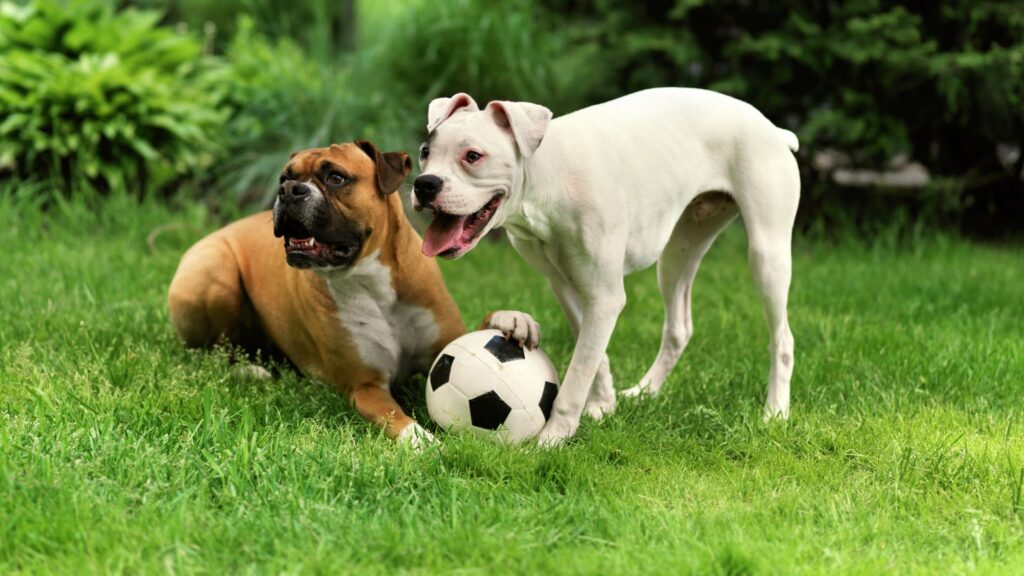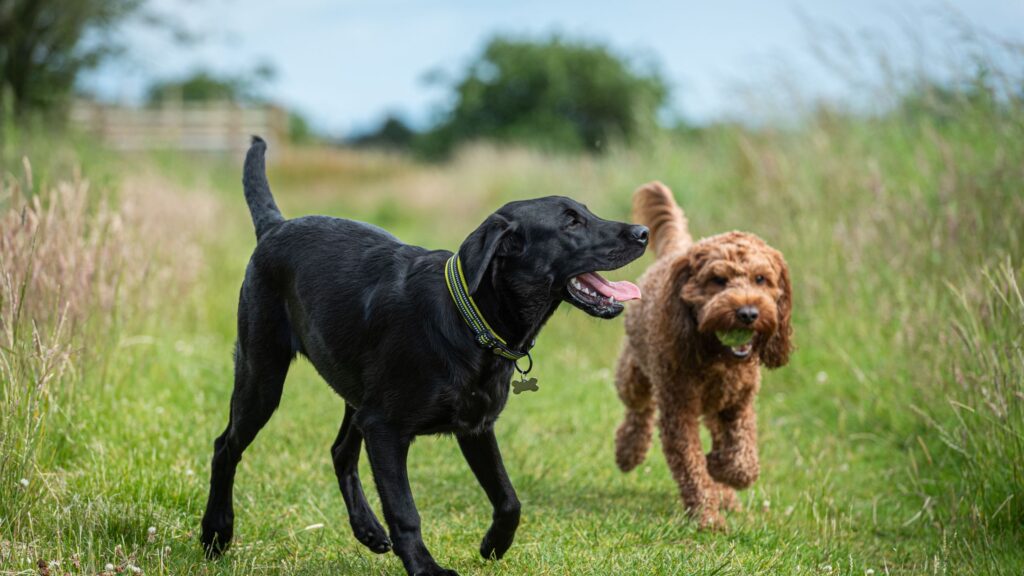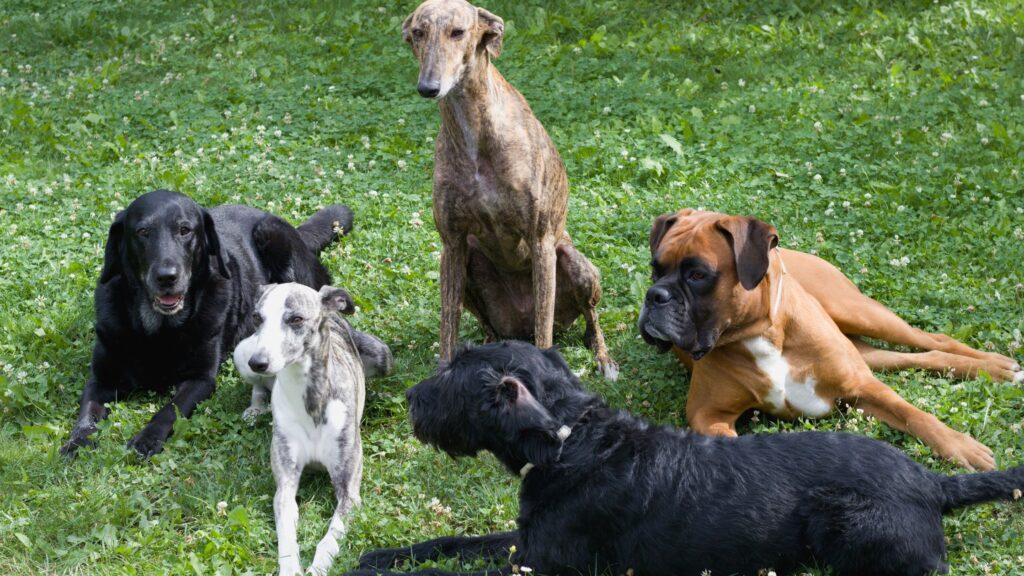How to Socialize Your Dog with Other Pets
Introducing your dog to other animals can be a rewarding experience for both you and your furry friend. Proper socialization is crucial for ensuring your dog feels comfortable around other pets, whether they are in your home or in public settings. Here’s a guide to help you navigate the socialization process and reap its numerous benefits.
Understanding the Benefits of Socialization
Socializing your dog with other pets has multiple benefits. A well-socialized dog is less likely to exhibit aggressive or fearful behavior, making interactions with other animals more enjoyable for everyone involved. Socialization also helps your dog develop confidence and adaptability, reducing stress in new environments and situations. Moreover, it can prevent behavioral issues that arise from isolation or lack of exposure to different animals.
Start Early but Go Slow
The ideal time to start socializing a dog is during puppyhood, typically between 3 to 14 weeks old. However, it’s never too late to begin. Start by introducing your dog to other pets in a controlled and calm environment. Ensure that all interactions are positive and free from stress.

Introduce Household Pets Gradually
If you’re bringing a new dog into a home with existing pets, take gradual steps to ensure a smooth transition:
- Initial Separation: Keep the new dog and existing pets in separate areas initially. Allow them to sniff each other’s bedding to get accustomed to each other’s scent.
- Short Meetings: Arrange short and supervised meetings in a neutral space. Keep the first few interactions brief and positive.
- Positive Reinforcement: Use treats and praise to reward calm behavior during interactions. This helps your dog associate positive experiences with other pets.
Socializing in Public Settings
When socializing your dog in public, such as parks or dog-friendly events, follow these tips to ensure a positive experience:
- Leash Training: Ensure your dog is well-trained on a leash. This helps you maintain control during interactions with other animals.
- Observe Body Language: Pay close attention to your dog’s body language and the other animal’s reactions. Look for signs of stress or aggression and intervene if necessary.
- Positive Encounters: Encourage positive interactions with other well-behaved dogs. Gradually increase the duration and complexity of these encounters.

Image Credit: Munro1 from Getty Images
Addressing Challenges
Socialization can come with challenges, especially if your dog has had limited exposure to other pets. If your dog shows signs of aggression or fear, consider seeking help from a professional dog trainer or behaviorist. They can provide tailored advice and techniques to address specific issues.
Consistency is Key
Consistent and ongoing socialization is crucial for long-term success. Regularly expose your dog to new animals and environments to reinforce positive behaviors. Over time, your dog will become more comfortable and well-adjusted, making life with multiple pets harmonious and enjoyable.
By following these tips, you can help your dog develop positive relationships with other pets, leading to a happier and more confident companion.


